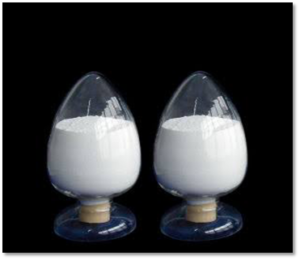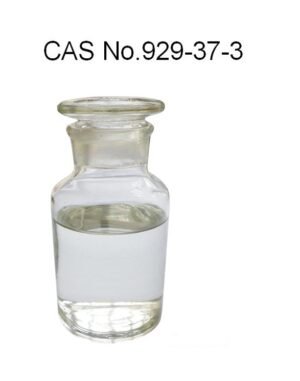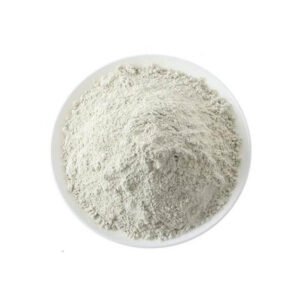Styrene monomer (SM) is an organic compound with the chemical formula C8H8. It is a colorless to yellowish liquid with a sweet, aromatic odor. Here are some key points about styrene monomer:
- Chemical Structure: Styrene monomer consists of a vinyl group (C=C) attached to a benzene ring. Its molecular structure is represented as C6H5CH=CH2.
- Physical Properties:
- Appearance: Styrene monomer is a clear, colorless to yellowish liquid at room temperature.
- Odor: It has a distinctive sweet, aromatic odor often described as “fruity” or “flowery.”
- Density: The density of styrene monomer is approximately 0.91 g/cm^3.
- Melting Point: Styrene monomer freezes at around -30°C.
- Boiling Point: It has a boiling point of approximately 145°C.
- Synthesis: Styrene monomer is primarily produced by the dehydrogenation of ethylbenzene in the presence of a catalyst, such as aluminum chloride or iron oxide. This process yields styrene monomer along with hydrogen gas as a byproduct.
- Applications:
- Polystyrene Production: The most significant use of styrene monomer is in the production of polystyrene, a versatile plastic used in packaging, insulation, disposable utensils, and various consumer products.
- Styrene-butadiene rubber (SBR): Styrene monomer is a key component in the production of styrene-butadiene rubber, a synthetic rubber used in tires, footwear, and adhesives.
- Styrene Acrylic Emulsions: It is used in the production of styrene-acrylic emulsions, which are utilized in paints, coatings, adhesives, and construction materials.
- Resins and Polymers: Styrene monomer is used as a monomer in the production of various resins and polymers, including styrene-acrylonitrile (SAN), acrylonitrile-butadiene-styrene (ABS), and styrene-divinylbenzene (S-DVB) copolymers.
- Composite Materials: Styrene monomer is also used as a matrix resin in the production of composite materials, such as fiberglass-reinforced plastics (FRP), where it provides strength, rigidity, and chemical resistance.
- Health and Safety Considerations:
- Styrene monomer is considered a hazardous chemical and should be handled with caution.
- Inhalation of styrene vapor may cause irritation to the respiratory tract, headaches, dizziness, and nausea. Prolonged or repeated exposure to high concentrations may lead to central nervous system effects and neurotoxicity.
- Skin contact with styrene may cause irritation, dermatitis, or sensitization.
- Adequate ventilation and proper personal protective equipment (PPE), such as gloves, goggles, and respiratory protection, should be used when handling styrene to minimize exposure risks.
- Environmental Impact:
- Styrene monomer may pose environmental hazards if released into the environment. It can contaminate soil, water bodies, and air, leading to adverse effects on ecosystems and human health.
- Proper handling, storage, and disposal practices should be followed to prevent environmental contamination.











Reviews
There are no reviews yet.